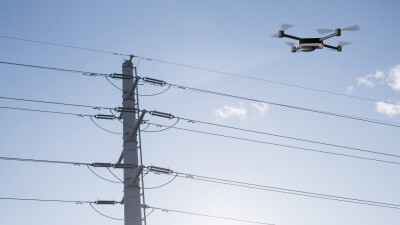The drone business is growing exponentially. Insurers have noticed it as much as anyone, through the number of operators, manufacturers and other entities in the UAS space seeking hull and liability insurance. Nearly every risk is insurable, whether exempted by the FAA or not. However, not all insurers will accept every risk. If you are flying under the regulatory radar, so to speak, don’t expect the same level of coverage or favorable pricing as the exempted operator. Apart from an exemption, what do insurers typically look for in an operator? It comes down to 6 basic factors:
- What drone are you using? Not all units are alike. Size, weight, level of autonomy, ease of use – all of these factors and more set different systems apart. Insurers look for drones with a proven track record, i.e. how many have been manufactured and what is the accident rate?
- What are you using it for? Insurers assess this as certain functions are more hazardous than others. Proximity to overhead power cables or other structures presents a hazard that requires good flying skills.
- Who is operating the aircraft? The operator is particularly critical with rotor wing drones that require precision flying. There is no substitute for training and experience and if your insurer insists upon some formal training, it is to make you a safer operator. It remains to be seen what the NPRM “aeronautical knowledge test” will include or whether insurers will accept that alone as sufficient training.
- Where is the drone being operated? This is perhaps the most important item of all. Essentially it comes down to the risk of injury to third parties or damage to their property. A farmer flying a foam wing drone over their own land presents a very different risk to a 25lb octocopter operating over the heads of 2,000 spectators at a concert. If you want to influence insurers with your understanding of hazards and how to operate safely, this is the place to start.
- What is the background of the operator? A seasoned helicopter pilot or established aircraft operating company will look at drone operations through a different lens to most new-to-aviation drone operators. Most insurers will look favorably on this experience and background.
- What kind of risk management is in place? At Global Aerospace, we feel strongly about the use of formal risk management strategies. Therefore, we had the Unmanned Safety Institute develop a comprehensive Standard Operating Procedure (SOP) manual for us that we make available, free of charge, to all our customers. Standard procedures are an integral part of a safe operation and can help prevent unnecessary accidents.















Comments